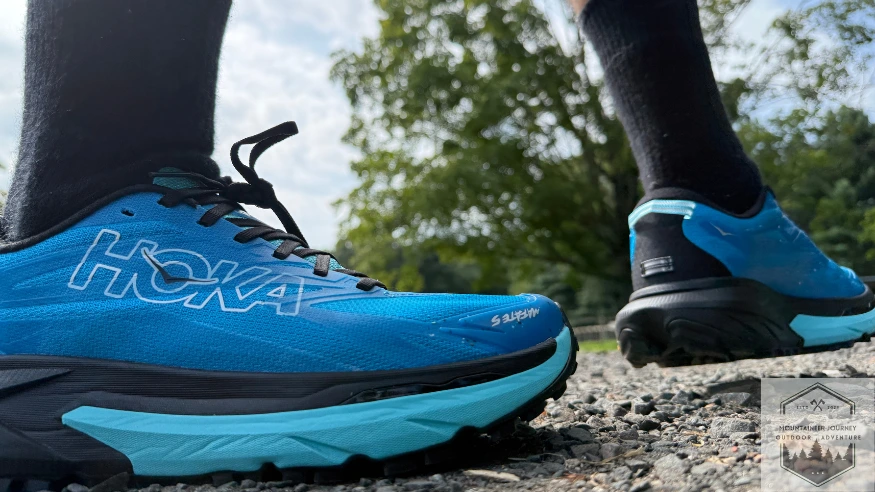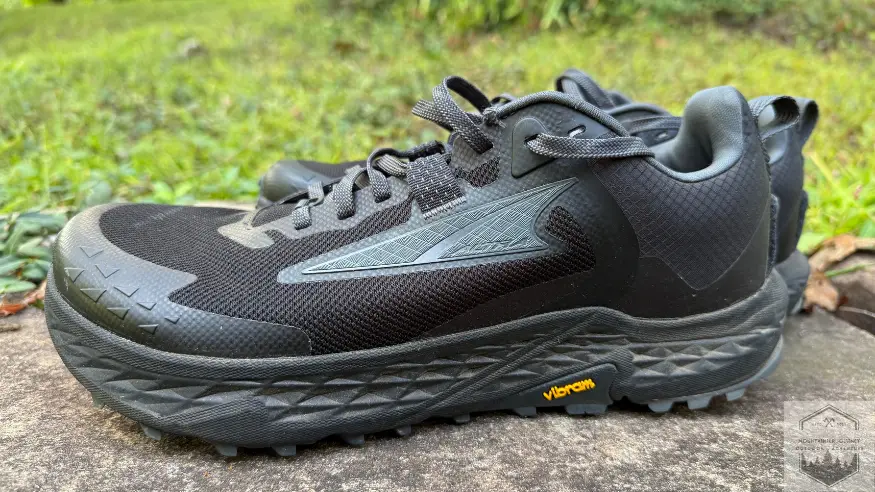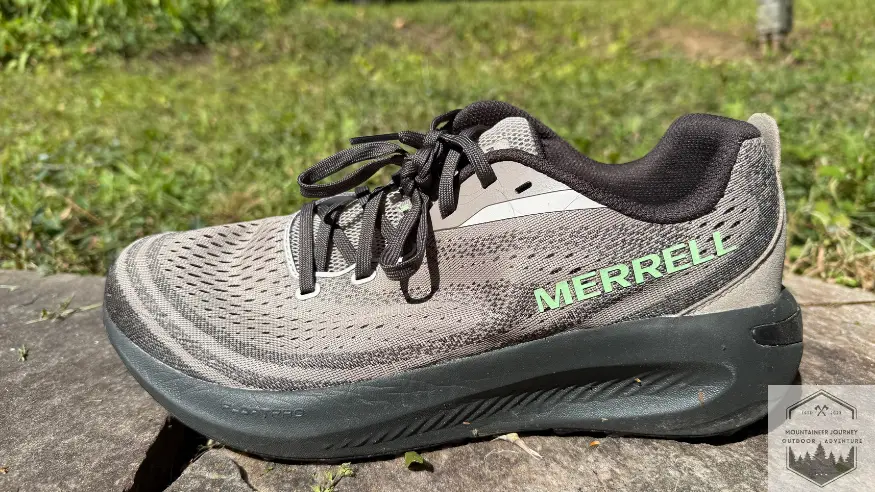Hoka Mafate 5 Review | Worth It In 2025?

In this article, I’m going to share my HONEST Hoka Mafate 5 review after running over 50 trail miles on everything from wet granite to loose gravel for anyone wondering whether they’re truly WORTH IT in 2025.
Unlike the “sponsored” reviews out there, I bought the Mafate 5 with my own money, paid full retail, and tested them in both sub-freezing mornings and 85°F sunny afternoons so you’ll get the good, the bad, and the sweaty.
I’ll be sharing my critical scoring with 11 years of experience as a professional trail runner, and outdoors enthusiast. The same testing approach I’ve used for over 50 trail shoes in the past 3 years alone.
I’ll also be directly comparing the Mafate 5 to the Hoka Mafate X, Salomon Speedcross 6, Hoka Challenger 8, and Merrell Agility Peak 5. All which I have tested at a minimum of 30 miles in mixed terrain.
Hoka Mafate 5 Review In Short
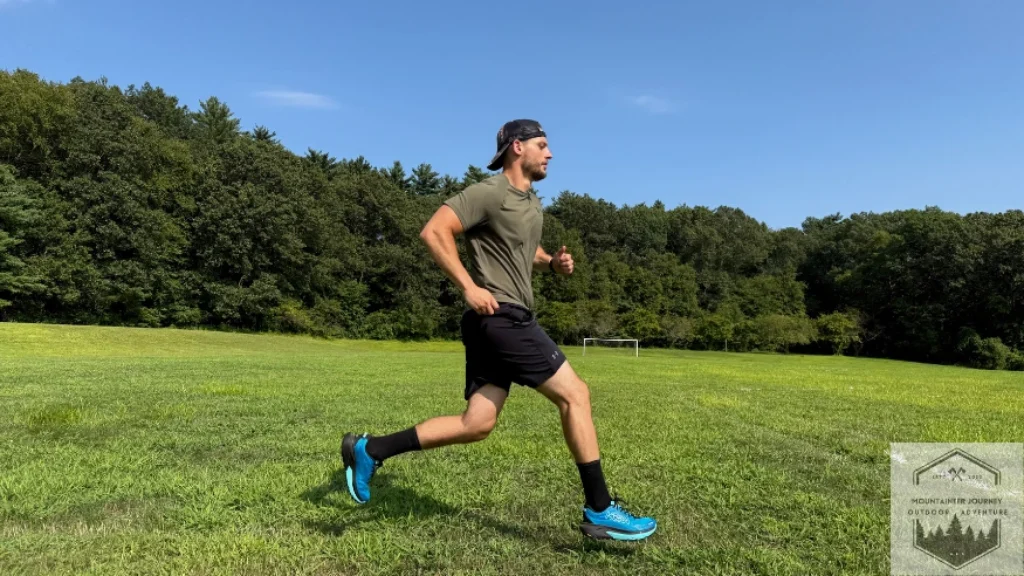
The Mafate 5 comes with an 8mm heel-to-toe drop, which is a noticeable jump from the 4mm drop in the Mafate 4.
Comfort-wise, it’s easily among the top three plushest trail shoes I’ve tested this year. The midsole delivers a pillowy ride on flat dirt, but I noticed significant heel compression on rocky descents due to the new upgraded stack height.
The compression at the heel really reduces the stability of the heel compared to previous models, However that is the trade-off you get for such a comfortable trail shoe. I will say, on colder mornings (40-50 °F) the outsole did not lose its springiness.
The tongue design is comparable to the Mafate X, very short and thin without enough padding. We felt the aggressive Vibram Megagrip outsole was extremely grippy with the 5 mm powerful deep lugs.
The new and improved warp knit upper is much more robust and protective than the previous iterations. Definitely an upgrade over the Hoka Challenger 7. The integrated rocker works extremely well for saving your stride efficiency and energy return on the trail.
Hoka did change the overall profile of the Mafate model with the updated cushioning as well as the new heel to toe drop. However, we found it to be extremely comfortable and grippy with great overall performance on mild to moderate trails.
Hoka Mafate 5 Pros & Cons
- Exceptional Comfort
- Aggressive Traction
- Outstanding Impact Absorption
- Price
- Not good on technical trails
- Stability downgrade
Should you buy the Hoka Mafate 5?
Buy if
- You want an extremely comfortable trail shoe
- Want an aggresive Vibram megagrip outsole
- Prefer a rockered sole
DON’T Buy if
- You run on technical trails
- You prefer a nimble, agile trail runner
- You want high sensitivity with great ground feel
Hoka Mafate 5 Price and Where to Buy
The current retail price for the Mafate 5 sits at $185 on Hoka.com, a great value for the performance.
Order Here for the LOWEST PRICE AVAILABLE (Do NOT pay retail):
Comfort & Fit
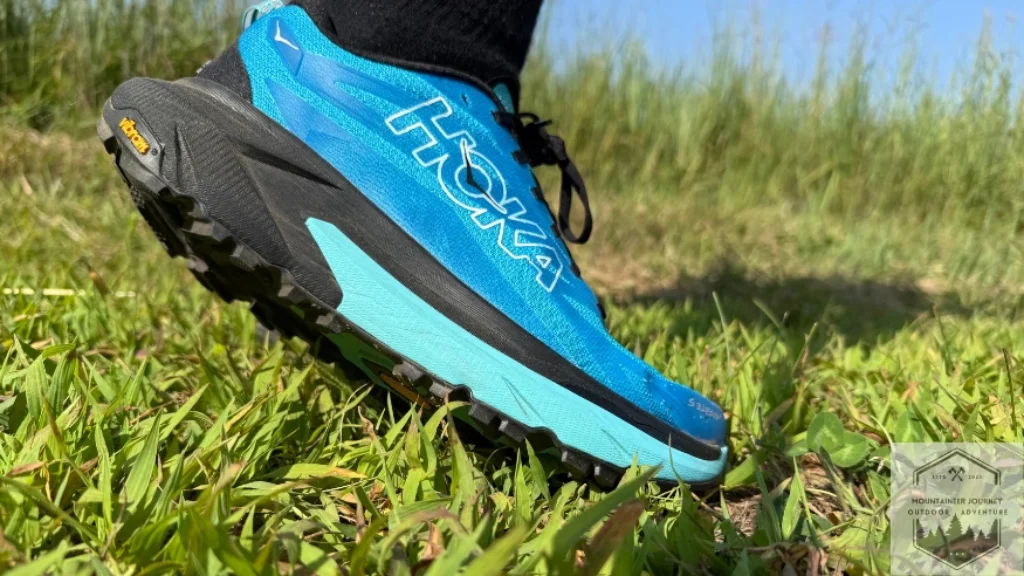
I tested out a men’s size 10.5 regular and they fit perfectly, without any areas of compression on numbness. To be transparent, my feet run slightly wide so very narrow foot runners may find less lockdown.
There was no initial break in period and I felt they fit extremely well especially with the new Dynamic Vamp in the toe box which is shown to increase the flexibility to accommodate swelling.
The insole accommodates your foot very well allowing your feet to slightly sink in without over too much “give” or “over squish”.
The heel stack we measured at 45 mm. Which is outstanding for the cushioning and amount of bounce you feel especially while heel striking. One of the down sides is the over-compression at the heel which we will get into during our stability and support section.
Impact absorption while on the trail was outstanding, I really felt like I could go longer and harder because of the energy return the impact absorption saved me during my runs. The impact absorption was also very consistent during testing on varied terrains, there was no difference on sharp gravel vs limestone.
The warp knit upper really kicked it up in terms of breathability on the trail. I tested these in over at 95° F on trail runs and I felt a great wave of air in and out during my runs. The knit upper really hugged my foot without pressing too hard.
One downside that Hoka did not address was the tongue. The previous Mafate 4 as well as the Mafate X have very thin tongues that are short. I really felt like I had to pull my tongue up and over my foot before my run and it tends to slip down the shoe as I am running. Also the tongue is very thin and I had some lace bite, towards the end of my runs.
Hoka Meta Rocker
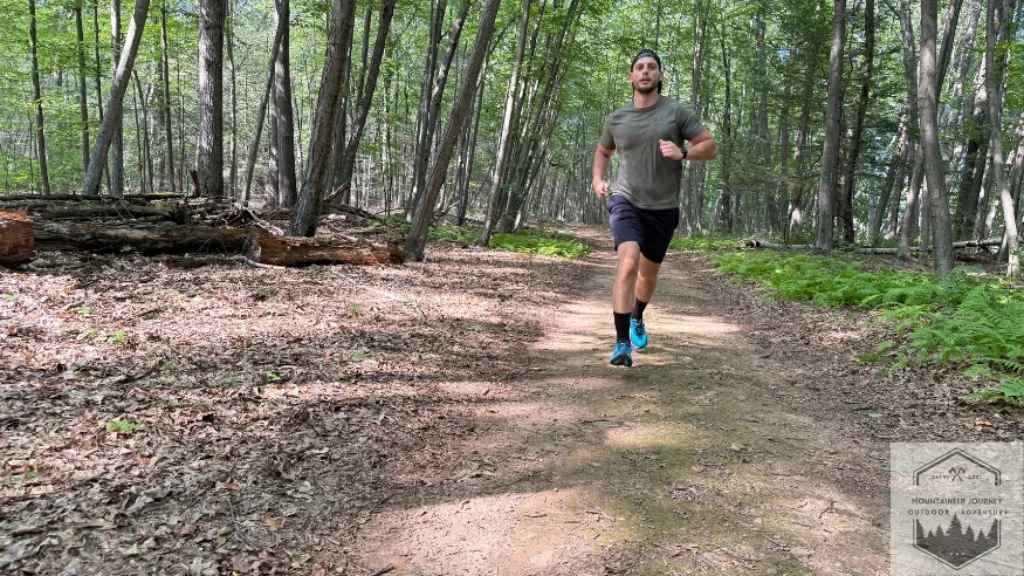
The Mafate 5 introduces a new type of rockered sole. The TPU plate has more of a late stage curve to it. I felt this version of the meta rocker on the Mafate 5 was so much more structured, and maintained its shape better on uneven terrain than previous models such as the Hoka Challenger 8.
As always I was able to maintain a more efficient stride and felt a rockered sole really made the 5 a lot more lightweight than it actually is.
Comfort & Fit Score: 9/10 (20%)
Traction
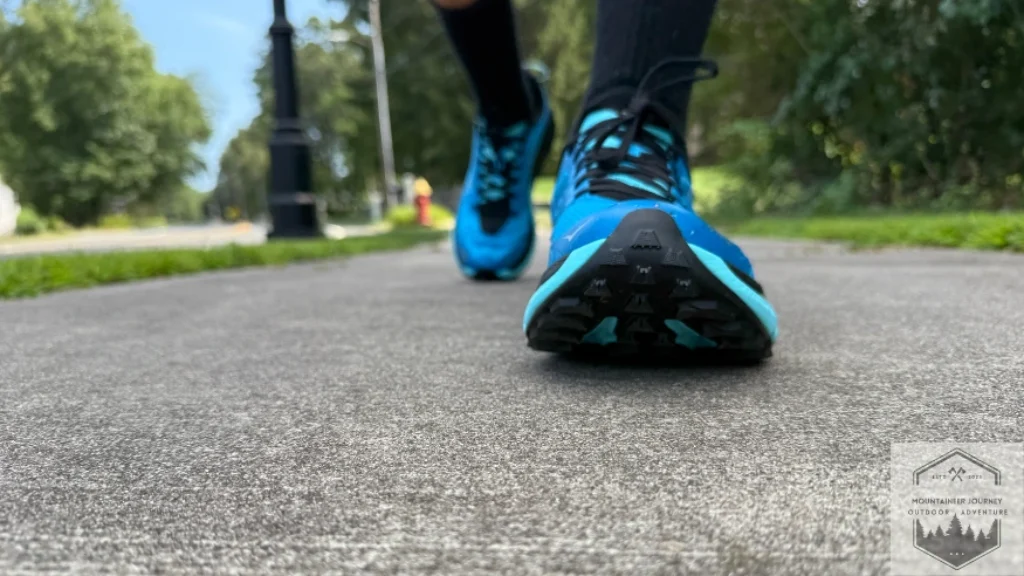
The Mafate 5 incorporates the Vibram Megagrip outsole, however the 5 mm lug patterns are very unique and unlike any other trail shoe.
The lugs at the midfoot of the shoe start out much larger and begin to thin out more towards the middle. This really helped shed mud on the trail as well as enhance the lateral traction of the shoe.
The lugs on the lateral side of the shoe are much more firm which really helped with grip during inclined running and uneven terrain.
Each lug is grouped with a buddy and well spaced apart. Each lug also contains miniature rubber spikes further enhancing grip, Hoka has been incorporating these miniature rubber spikes into their shoes lately, and this has really helped with that extra grip you need especially on wet terrain.
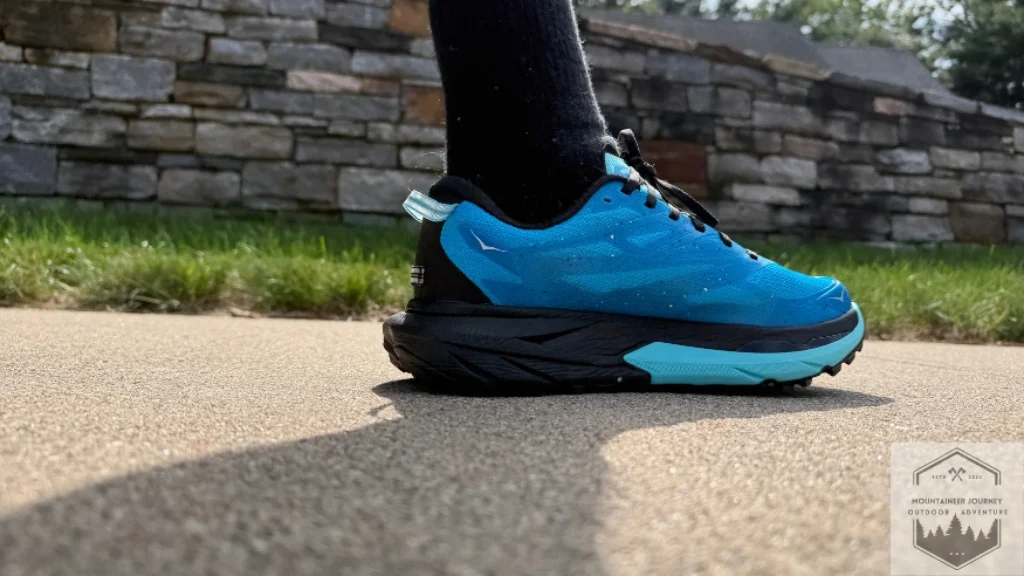
The lugs also extend further beyond the heel and forefoot, adding that extra bite when the shoe flexes on climbs or descents, boosting grip where you need it most. The rubber spikes give that extra stickiness on firmer terrain.
Testing the Mafate 5 on different dry and wet terrains such as slate, gravel, granite, asphalt, concrete, and leaf-covered ground really showed how versatile the traction is on varied terrain.
Traction Score: 9/10 (20%)
Stability & Support
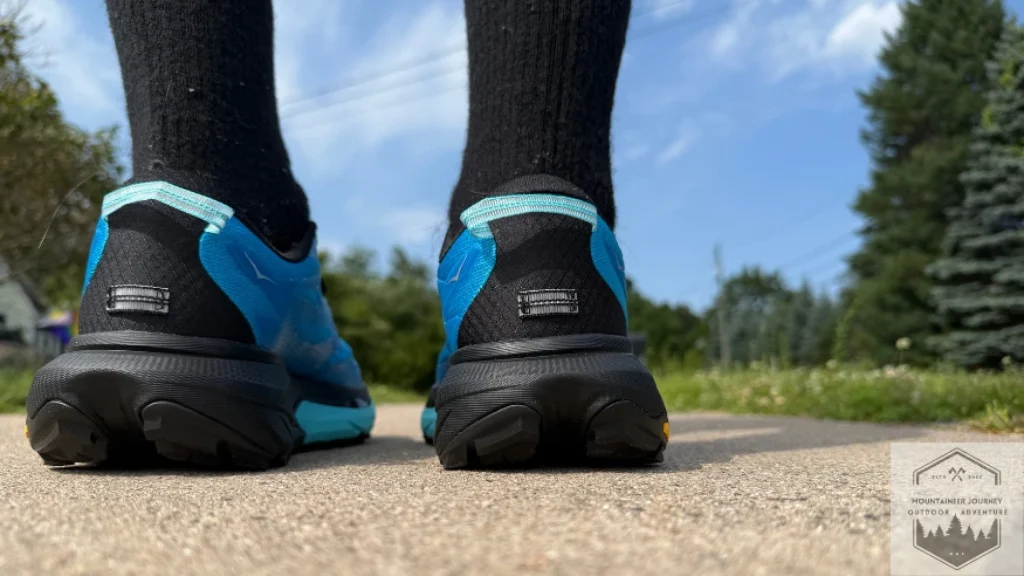
Now this is where I began to get a little disappointed with the Mafate 5. While the massive stack height and increased heel to drop is great for comfort, the over squishiness and over compression of the outsole isn’t ideal for technical terrain.
The massive stack height without a very stiff heel counter tends to lead to that “topple over” effect when on very uneven terrain. Don’t get me wrong you can still use the Mafate 5 on mild to moderate terrain, however technical terrain you may begin to experience some issues.
The new 8mm drop is great news for heel and midfoot strikers nonetheless, compared to the Mafate 4 where the drop was more neutral at 4 mm, this new upgrade is not a great option for forefoot strikers.
The upper of the shoe has a decent heel counter that being said, it does not have a traditional shank to really resist that hindfoot instability.
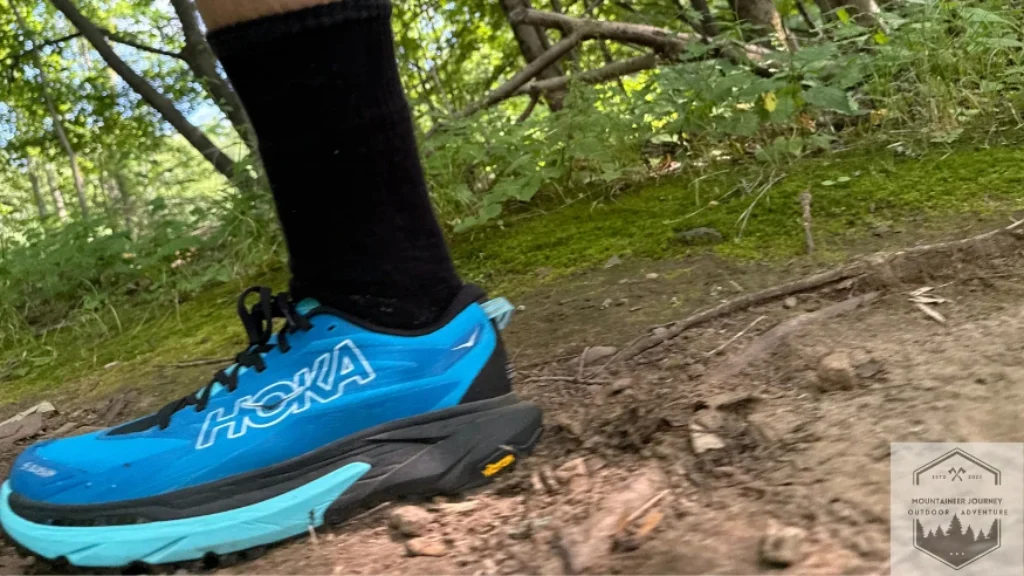
In addition, the Mafate 5 has a nice extended heel cup that really acts as a barrier between the side of your foot, cradling it in place and reducing that unwanted side-to-side movement on rough switchbacks.
The added TPU around the midfoot and forefoot help with that lateral stability that is much needed with this cushioned shoe. On 5 mile + runs, I felt the TPU really resisted oversupination of my foot.
Personally, I wish Hoka would have just added a nice TPU heel counter just like the Stinson 7 to really compensate for the overly-compressive outsole. This really would’ve helped turn this shoe into an ultra competitive model.
Stability & Support Score: 7/10 (20%)
Weight
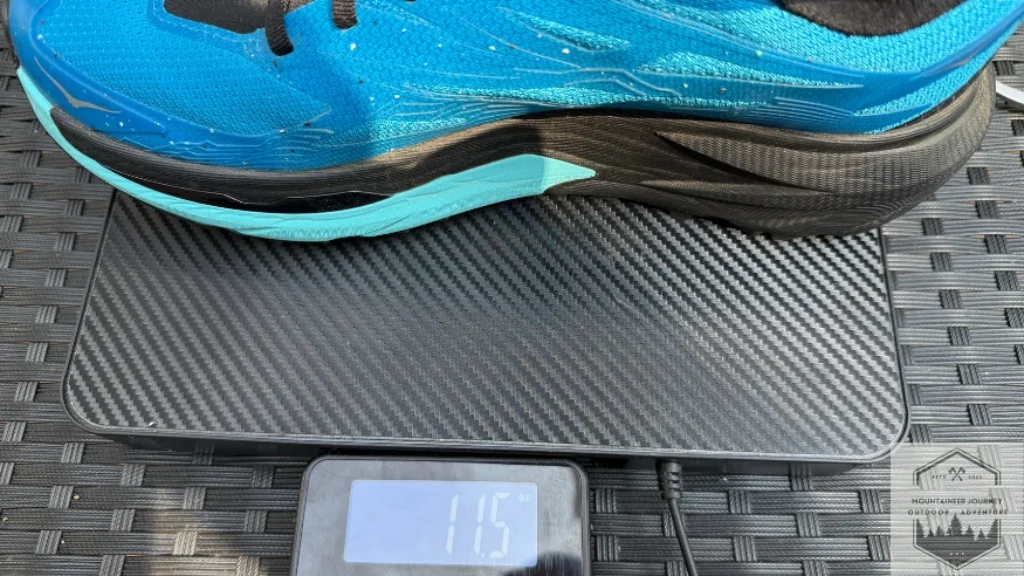
We weighed the Mafate 5 at 11.5 oz exactly how much Hoka states the shoe weighs. About an increase of 1 oz from the Mafate 4, not the worst with all the added foam.
Definitely not the heaviest trail shoe out there by a long shot, however It also is not the lightest by far therefore people looking for an ultra distance trail shoe this is not the best fit for you.
However the shoe FEELS much lighter than its counterparts due to the rockered sole improving my stride efficiency as well as energy return on flatter terrain.
Weight Score : 8/10 (15%)
How’s The Overall Protection Of The Mafate 5?
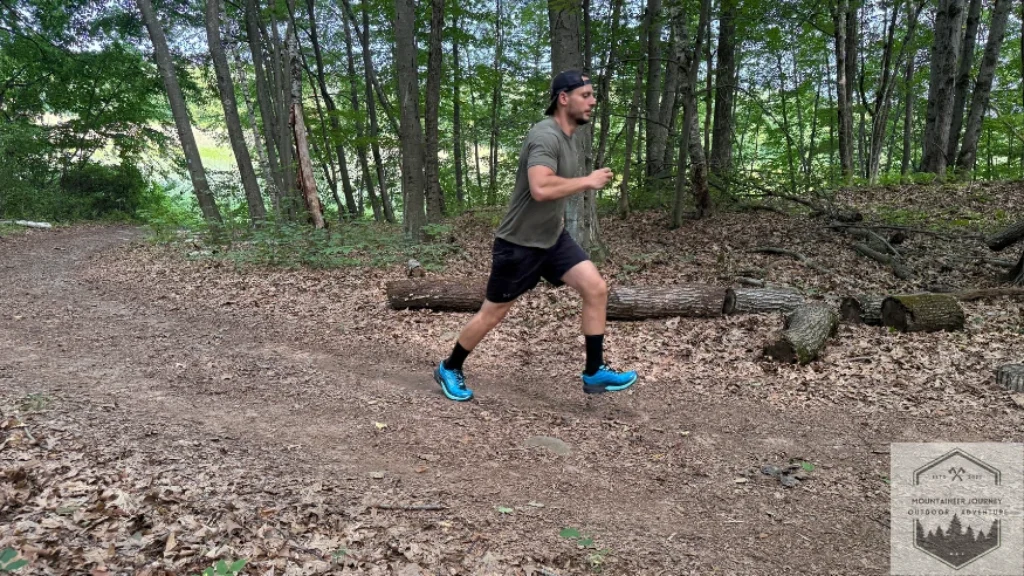
There is a protective rubber toe cap that is a little thin in front, however this expands into a less thin rubber membrane that covers the entire toe box. Hoka could’ve added a little more sturdiness here.
With such a high stack height there’s plenty of foam between your foot and the ground. This model does not incorporate a rock plate but it really doesn’t need one.
Users looking for maximum foot protection while on technical trails may want to consider the Merrell Agility Peak 5. Otherwise the overall protection is good from the Mafate 5.
Overall Protection Score: 7.5/10 (10%)
Durability
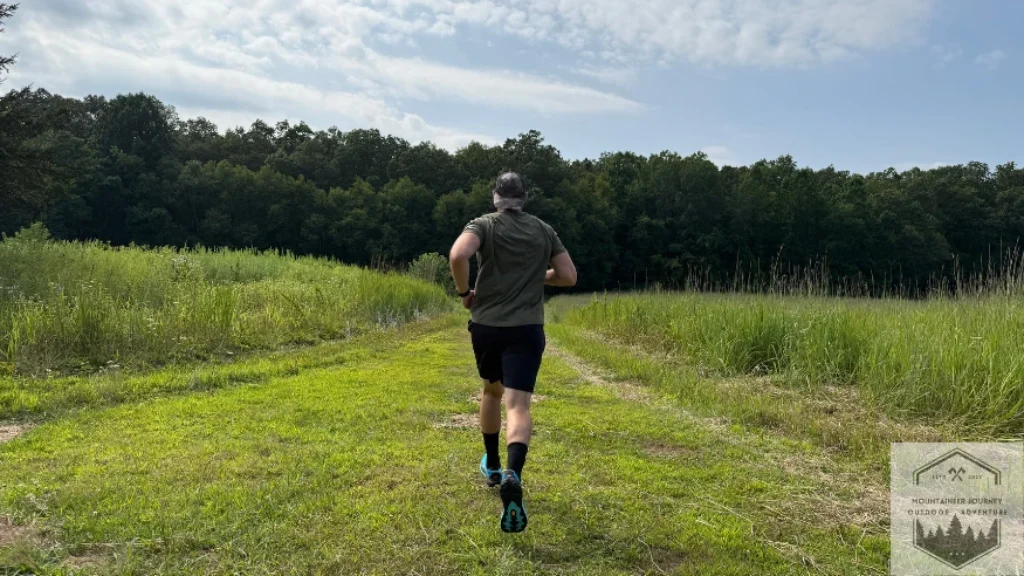
Hoka tends to put in the most quality materials they possibly can into their products. The new warp knit upper has held up well, without any weak points or breakdown.
With such a high heel stack height at 33mm, this poses issues for wear on the outsole while losing some impact absorption. However, Hoka tends to make the outsole stack height higher in anticipation of the reduced impact absorption over time.
The traction lugs have shown minimal wear after testing them through extensive miles and varied conditions.
Based on my previous professional testing of similar models, I would expect the outsole to last 250-300 miles before showing any significant performance loss. As always, we will update this review with any durability changes over time.
Durability Score: 8/10 (10%)
Is The Mafate 5 Worth It?
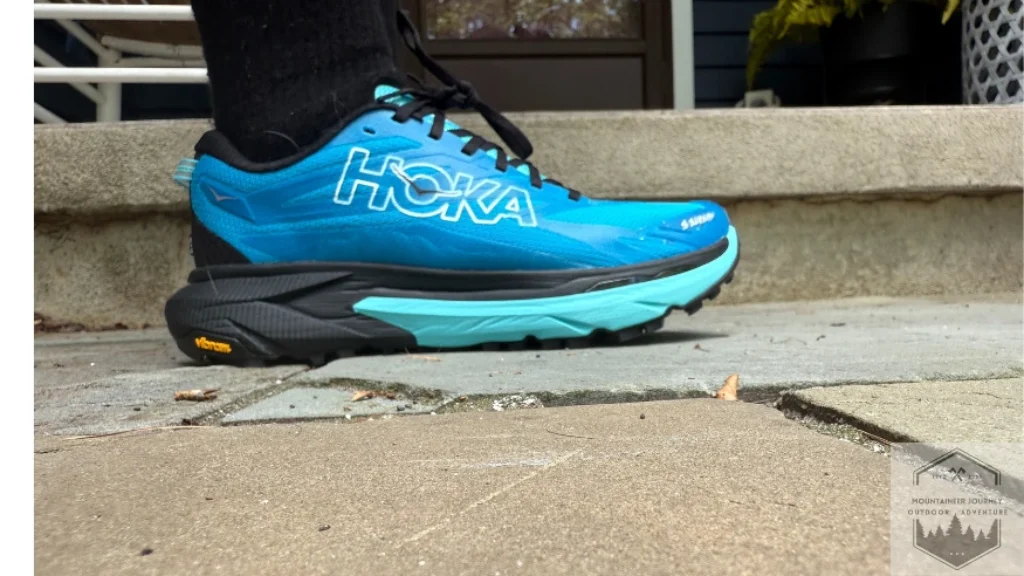
At $185 the Mafate 5 features an enticing package for someone who enjoys trail running but not at the ultra or competitive level.
While this is not made for technical terrain it appeals to most trail runners especially with the combined traction profile as well as comfortability.
As a weekend or intermediate trail runner, I don’t think you could go wrong with the Mafate 5 at $185.
What Other Trail Running Shoes Should You Consider?
If you are looking for more overall protection and a more hiking shoe hybrid check out the Altra Olympus 6. For runners looking for less drop and the same amount of comfort, check out the Brooks Cascadia 18.
Value Score: 4/5 (5%)
Scoring Breakdown
Comfort & Fit (20%): 9/10
Traction (20%): 9/10
Stability & Support (20%): 7/10
Weight (15%): 8/10
Overall Protection (10%): 7.5/10
Durability (10%): 8/10
Value (5%): 4/5
Total Weighted Score:
1.80 + 1.80 + 1.40 + 1.20 + 0.75 + 0.80 + 0.40 = 8.15 / 10
Get The BEST deal on the Hoka Mafate 5 at the LOWEST Price Available! (Do NOT pay retail):
Frequently Asked Questions
Is Hoka Mafate a stability shoe?
Technically no, the Mafate does not carry internal stability features most technical trail runners carry.
What is the difference between Speedgoat and Mafate?
The Speedgoat 6 carries more internal stability features than the new Mafate 5. However, the Mafate 5 is more comfortable and cushioned.
What’s the difference between the Hoka Mafate 4 vs Mafate 5?
There are major differences between the Mafate 4 & 5. First off, the Mafate 4 jumped from a 4 mm drop to an 8 mm drop on the 5. Also, they added the dual layer midsole and increased stack height to the 5.
What type of runner should choose the Mafate 5?
Ideal runners for the Mafate 5 include beginner to intermediate trail runners looking for comfort on mild to moderate terrain.
How We Tested and Our Methodology
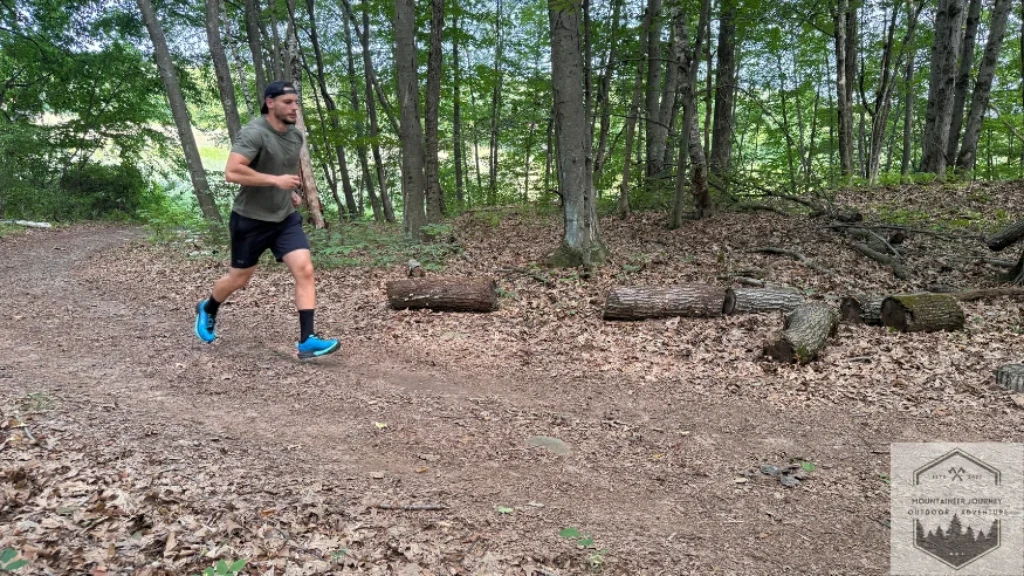
This comprehensive Mafate 5 review reflects countless miles of EXPERT testing across varied terrain types including packed dirt trails, gravel roads, rocky sections, technical terrain, slate, sandstone, and mixed road-to-trail surfaces. Testing occurred across multiple weather conditions to evaluate performance in both dry and wet environments.
We currently purchase the products we test with our own money, and are not paid by any company or manufacturer to influence our opinions or decisions.
All of this is to give you the best possible review with OBJECTIVE scoring , so you can make the easiest and quickest choice possible.

